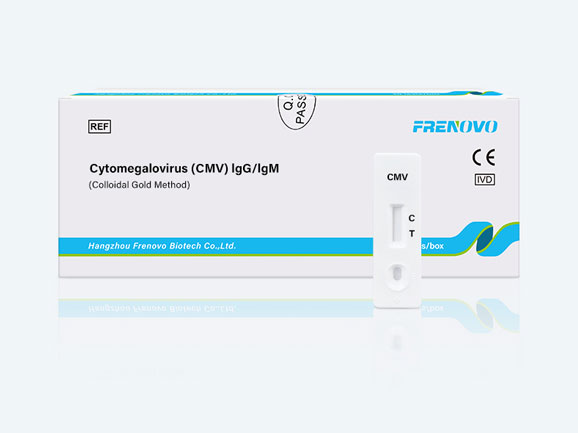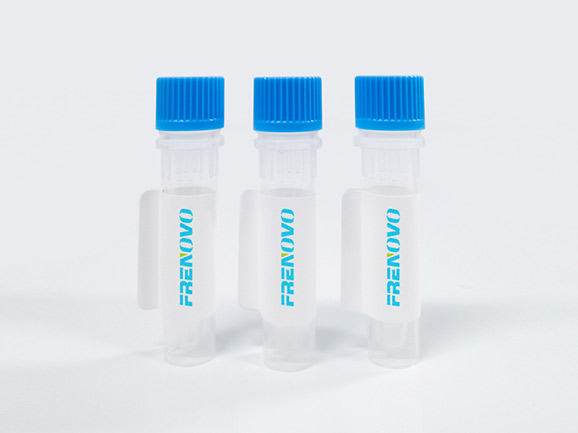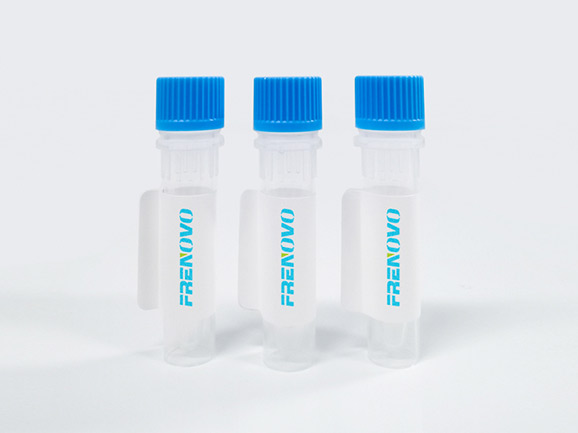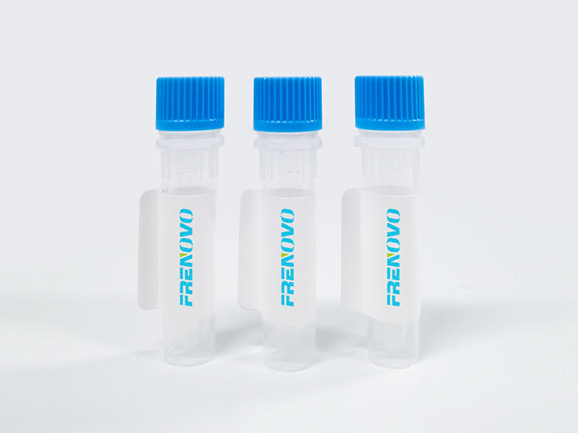The molecular structure of antigen that can cause the body to produce antibodies is called antigenic determinant, also known as antigenic epitope. An antigen can have many different antigenic determinants, so the body can also produce many different antibodies. Monoclonal antibody is a highly uniform antibody produced by a single B cell clone, which only recognizes a specific epitope. The antibody produced by multiple B lymphocyte clones, stimulated by multiple epitopes and able to bind to multiple epitopes is polyclonal antibody. From a certain point of view, polyclonal antibody is a mixture of several monoclonal antibodies.
Cloning:
Refers to asexual reproduction of a cell line, which is a group of cells formed by the division and reproduction of a single ancestor cell. In all members of this family, if no mutations occur, the genes are exactly the same.
Polyclonal antibody (pAb):
By using an antigen-containing multiple antigenic determinants to immunize animals, multiple B cell clones in the body can be stimulated to produce different antibodies against multiple antigenic epitopes. The obtained immune serum is actually a mixture of various antibodies.
Monoclonal antibody (mAb):
Homogeneous antibodies produced by a B cell clone that recognizes a single antigenic epitope. Highly uniform, highly specific, high potency, and little or no cross-reactivity.
The main process of polyclonal antibody production includes:
①preparing antigen;
②selecting experimental animals;
③animal immunization;
④testing blood to see if immunization is successful;
⑤if successful immunization, euthanizing the experimental animal and collecting all the serum;
⑥purifying antibodies;
⑦identifying antibodies, including purity and specificity.
The difference from monoclonal antibody production: hybridoma cells are obtained by cell fusion of B lymphocytes that have been treated with a specific antigen and myeloma cells. After screening with HAT culture medium and ELISA detection of potency, positive clone strains are obtained, and finally, monoclonal antibodies are obtained by cell culture or injecting cells into animals (usually Balb/C mice) for ascites cultivation and collecting the supernatant/ascites after purification.
There is no need for tedious steps in the preparation of polyclonal antibody. The antigen (the higher the purity, the better) is directly injected into the animal body for immunization. After 3 to 4 immunizations, the effectiveness is tested by ELISA. After collecting the blood and centrifuging the supernatant, polyclonal antibodies can be obtained after purification. Therefore, the production period of the polyclonal antibody is shorter than that of monoclonal antibodies, and the first production price is lower than that of monoclonal antibodies.
The hybridoma cells were obtained by cell fusion between B lymphocytes treated with specific antigens and myeloma cells. After HAT culture medium screening and ELISA assay, positive clones were obtained. Finally, the cells were cultured or injected into the abdominal cavity of animals (usually balb/c mice) for ascites culture, and the supernatant/ascites were collected and purified to obtain monoclonal antibodies. However, the preparation of polyclonal antibodies is less complicated than that of monoclonal antibodies. Only the antigen (the higher the purity, the better) needs to be directly injected into the animal body for immunization. After 3-4 times of immunization, after the titer of the polyclonal antibody is qualified by ELISA, the blood is collected and centrifuged to obtain the supernatant. After purification, the polyclonal antibody can be obtained. Therefore, the preparation period of polyclonal antibodies is shorter than that of monoclonal antibodies, and the first preparation price is lower than that of monoclonal antibodies.
A good polyclonal antiserum contains multiple antibodies against different epitopes of a certain antigen. Since polyclonal antiserum usually contains antibodies against different epitopes of a certain antigen, including denatured-resistant epitopes, it will also play a role in deep fixation samples. In staining of tissues embedded in paraffin, polyclonal antibodies are often used. According to different experimental needs, polyclonal antibodies are applied to mark corresponding antigens.
In addition, in agricultural production, polyclonal antibodies are used for field monitoring of pesticide residues; in clinical applications, polyclonal antibodies are mainly used for pathogen detection, disease diagnosis and treatment, such as being used as protein immunosuppressants for transplantation reactions and autoimmune diseases.
Monoclonal antibody can be used to analyze the fine structure of antigens and test the structural relationship of unknown antigens and antibodies. By producing antibodies against specific molecules in complex biological mixtures, they can be used to isolate, analyze and purify the specific molecular antigens. Their reagents can be used for clinical diagnosis and treatment or as "biological missile" drugs with monoclonal antibodies as warheads, which can be directly targeted at tumors and so on.
Since Mathe first used anti-mouse leukemia immunoglobulin and methotrexate (MTX) cross-linking therapy in 1958, various combinations of chemotherapy drugs and antibodies have appeared. The combination of drugs and monoclonal antibodies directly, small molecule cross-linking agents and monoclonal antibodies, and drugs linked to monoclonal antibodies through large molecular carriers have all advanced the development of molecular-targeted drugs from the laboratory to clinical practice and are widely used in disease treatment.
For more info about the application of monoclonal and polyclonal antibodies, feel free to click here to view more.
Monoantibodies and polyclonal antibodies have their own distinct characteristics and advantages. Monoclonal antibodies have high specificity, and once successfully prepared, completely consistent antibodies can be produced forever, so its specificity can be comprehensively and systematically verified. However, if the identified epitope is destroyed, the experimental results will be greatly affected, which is one of the shortcomings of monoclonal antibody. However, the specificity of polyclonal antibody is poor. Even if the same antigen is used to prepare polyclonal antibody, there will be differences among different batches, so there are great limitations in specificity and consistency. Therefore, when polyclonal antibody is used for immunoassay, it is easier to cause background, for example, there are mixed bands in WB, dark background in IHC and so on. Although there is still the problem of cross-reaction *, because the polyclonal antibody recognizes multiple epitopes, even if a few epitopes are destroyed or antigen conformation changes, the experimental results will not be affected. Under the same conditions, using polyclonal antibody can improve the sensitivity of detection, and it is easier to detect proteins with low abundance.
If the specificity of the antibody is high, the dosage is large, or the consistent antibody needs to be used for a long time, and the application requirements of the prepared antibody are high (WB/IP/IF/ICC, etc.), you can choose to prepare monoclonal antibody. If the specificity of the antibody is not high, the detection experiment of precipitation and agglutination reaction or only ELISA test is needed, and polyclonal antibody can be prepared.




